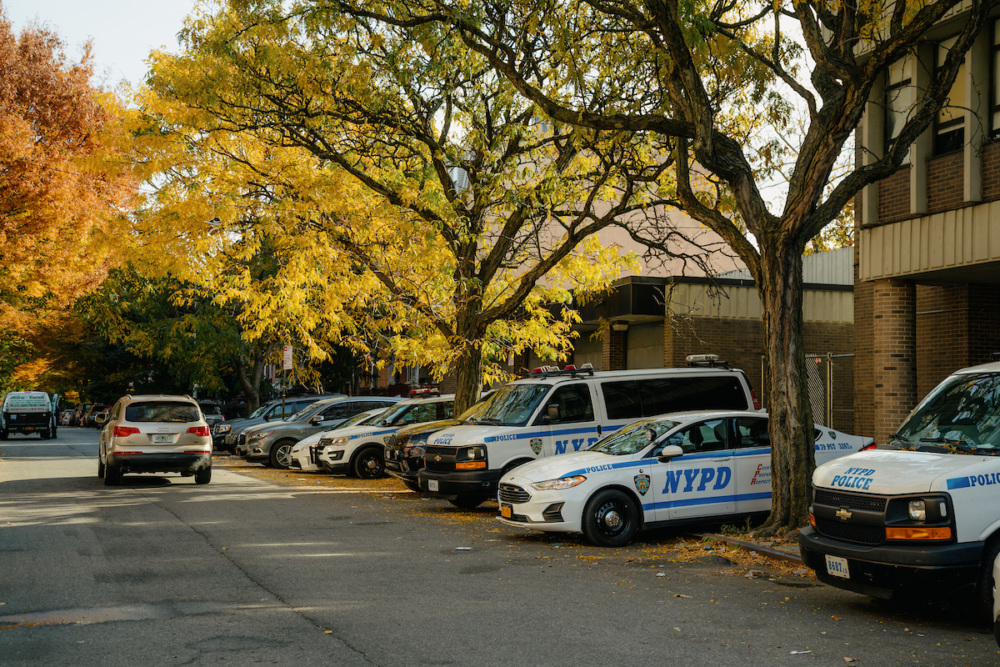SNAP Funding Freeze: How To Take Action For Brooklyn Neighbors

The withdrawal of SNAP threatens the well-being and stability of more than 700,000 people in the borough — 1 in 4 Brooklynites
When you hear “Coney Island,” maybe you think of the legendary hot dogs at Nathan’s, the 95-year old Cyclone, or the 1979 cult classic The Warriors. But there’s so much more beyond the beach and the boardwalk of this iconic Brooklyn neighborhood—a place over 30,000 people call home.
Did you know that most people who live in Coney Island live in NYCHA housing? Or because of the lack of retail options, most people who live in Coney Island spend their money elsewhere?
As part of our ongoing Brooklyn listening tour, we had the opportunity to spend time with some of the civic leaders, community organizers, and activists in this vibrant, multi-layered community who are motivated by the singular mission of improving life for everyone who lives there.
The possibilities of what can be done in Coney Island are limitless. During our time with the dedicated community activists and organizers who live there, I’ve come to appreciate Coney Island on a whole new level. It’s a community that refuses to give up on itself and has every intention of realizing its full potential.Dr. Jocelynne Rainey
Finding Acceptance, Fighting for Change
When reflecting on Coney Island, Janessa Rose Perez, a local community activist and CEO of the nonprofit Motivational Monsters, explains, “Coney Island is like the ‘hood by the sea,’ filled with amazing people and talent. But there are also lots of isolated sub-communities that prevent people from ever getting to know one another.”
Perez, a lifetime Brooklynite and Coney Islander, goes on to explain that during her formative years in Coney Island, she experienced more than her fair share of trauma – whether it be in the form of racism, bullying, or physical violence. Her experience, however, wasn’t unique. And rather than allowing those traumas to defeat her, today she uses them as inspiration to help others. “My life in Coney Island has given me a unique perspective about what’s needed in the community, and today I’m more committed than ever to change things for the better.”
She further explains the double-edged sword for the young people. Too often, people from the community have a difficult time finding a safe place where they can be themselves; but then they’re not accepted outside of the Coney Island community either.
In response to this reality and her lived experience, Perez founded Motivational Monsters as an organization to help people break that cycle and be a catalyst for change. Whether mentoring, speaking at Rikers Island, or teaching people about meditation and prayer, Perez uses her story to motivate people throughout the Coney Island community.
A Haven and Space for Changemaking
The importance of creating safe spaces in Coney Island is something that Sam Moore also knows all too well. As the Executive Director of the Coney Island YMCA, he sees his center as a safe haven.
Moore grew up in Bedford-Stuyvesant, but found himself drawn to Coney Island through basketball during his high school years. As a young man, he experienced firsthand the power of safe community spaces to transform lives. Consequently, he has been working in youth development organizations for most of his professional life—from the Boys & Girls Club to the Police Athletic League, and everything in between.
“Coney Island has a lot of housing developments, and in the 1990s, drugs were a serious problem,” explains Moore. “Meanwhile, the community centers sat in the middle. With over 200 kids coming though our center each day, I knew we had to create a safe zone. And the Y provides financial assistance to those who need it.”
Moore explained that small changes can have big effects. While he may not be able to deter everything, there are some things within our control, such as simply cleaning the area and hanging Christmas lights during the holiday season. He also tries to make sure his block is one of the cleanest and safest in the community. “Do landscaping, put a smile on people’s faces, and give them something to feel good about. If you can make a person smile for a moment, that goes a long way,” explains Moore.
It’s important to point out, however, that Moore treats this work as a necessary precursor to changemaking. Once you have the space, you can begin to bring people together and have a dialogue. “To address violence, housing issues, or the lack of jobs in the community, you need to bring local people to the table. And I like to say that the Y is the most diverse place in Coney Island,” says Moore.
Looking Ahead
The possibilities of what can be done in Coney Island are limitless. During our time with the dedicated community activists and organizers who live there, I’ve come to appreciate Coney Island on a whole new level. It’s a community that refuses to give up on itself and has every intention of realizing its full potential.
The same is true for communities across Brooklyn. Our listening tour continues this summer, with stops still to come in Bushwick, Crown Heights, Sunset Park, Bay Ridge, and Borough Park. This fall, we’ll be sharing what we heard, and using these powerful insights and new partnerships to shape a new strategic plan for the Foundation that guides our work to achieve lasting change.
But we can’t do it without you. Be part of change for Brooklyn.


